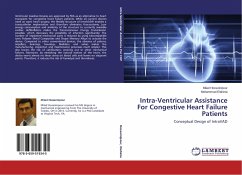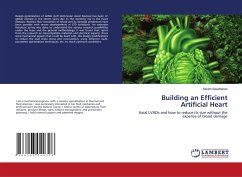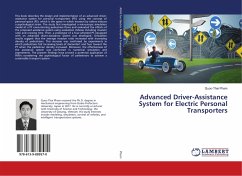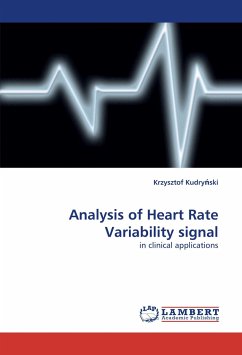Ventricular Assistive Devices are approved by FDA as an alternative to heart transplant for congestive heart failure patients. While all current devices need an open heart surgery, the flexible structure of IntraVAD® enables a transcatheter implantation and therefore eliminates thoracotomy. Low energy consumption and similarity of the structure to currently available cardiac defibrillators makes the Transcutaneous Energy Transmission possible, which decreases the possibility of infection significantly. The number of implanted mechanical parts is reduced by using biocompatible Ionic Polymer Metal Composites and Shape Memory Alloys to actuate the device. Compared to other conventional devices, the absence of pistons, impellers, bearings, housings, bladders, and valves makes the manufacturing, inspection and maintenance processes much simpler. This also lowers the risk of calcification, wearing out or other mechanical failures. Moreover, by mimicking the natural motion of the heart,the device exerts almost no shear stress on blood cells and leaves no stagnant points. Therefore, it reduces the risk of hemolysis and thrombosis.
Bitte wählen Sie Ihr Anliegen aus.
Rechnungen
Retourenschein anfordern
Bestellstatus
Storno








